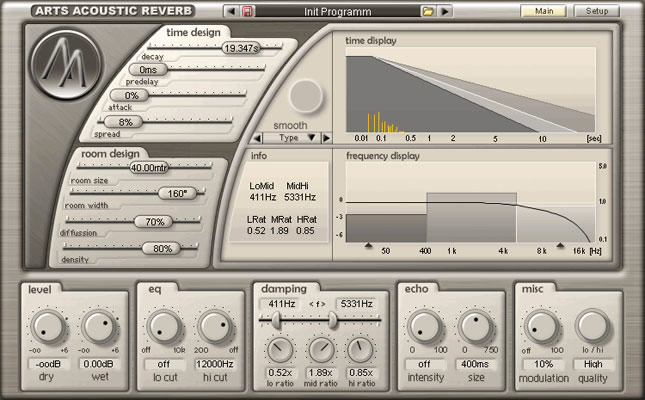

The signal is then sent down the CNVII causing contraction of the stapedius muscle. From here the signal travels to the other superior olivary complex and the other CNVII nuclei. In the contralateral reflex pathway, the loud sound travels through the outer, middle and inner ear, then along the CNVIII to the brainstem arriving at the cochlear nucleus. From here the signal travels to the superior olivary complex and to the CNVII nuclei. The loud sound travels through the outer, middle and inner ear, then along the vestibulocochlear nerve (CNVIII) to the brainstem arriving at the cochlear nucleus. The ipsilateral pathway can best be explained as follows. The reflexes are always indicated by the probe ear. Ipsilateral means “same side”, and contra means “opposite side”.

How to setup the acoustic reflex protocolĪ protocol can be created to measure at either the ipsilateral pathway, contralateral pathway or both. Ipsilateral ARTs in patients with normal hearing are usually 70-80dB above their pure tone thresholds, and about 5dB greater for their contralateral threshold (i.e., if pure tone thresholds were at 10dBHL, you would expect ipsilateral ARTs between 80 – 90dBHL and contralateral ARTs between 85-95dBHL as an approximation).The pure tone intensity range to elicit an acoustic reflex is 70 to 100dBHL (median = 85 dBHL).However, about 5% of the adult population have absent acoustic reflexes. Loud enough stimulus to elicit the response.They can provide/confirm information about the type (conductive, sensory, neural) and degree of hearing loss.Īn acoustic reflex will most likely be elicited if all of the following conditions are met: Why perform acoustic reflex measurements?Īcoustic reflex results make a major contribution to differential diagnosis and should be part of every basic audiological evaluation. Therefore, in the presence of CNVII paralysis, the stapedius muscle is likely to be affected. The stapedius muscle is innervated by the seventh cranial (facial) nerve (CNVII). This results in increased impedance which is measured as a small decrease in compliance by an ear canal probe. Contraction of the stapedius muscle tilts the anterior stapes away from the oval window and stiffens the ossicular chain. When either ear is presented with a loud sound, the stapedius muscles on both sides contract. The acoustic reflex is the contraction of the stapedius muscle elicited by the presentation of an acoustically loud sound.


 0 kommentar(er)
0 kommentar(er)
